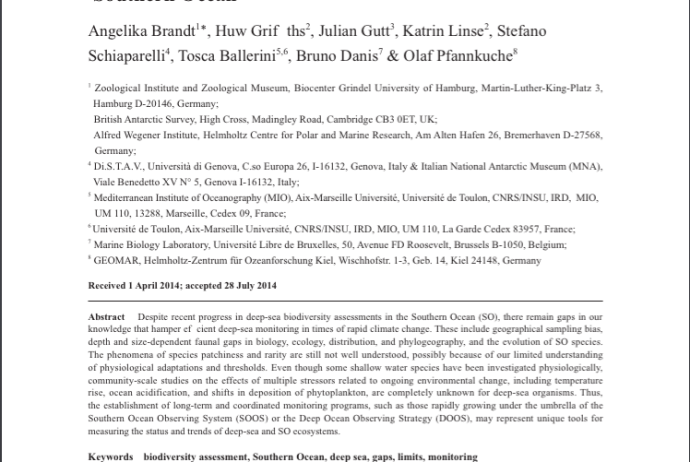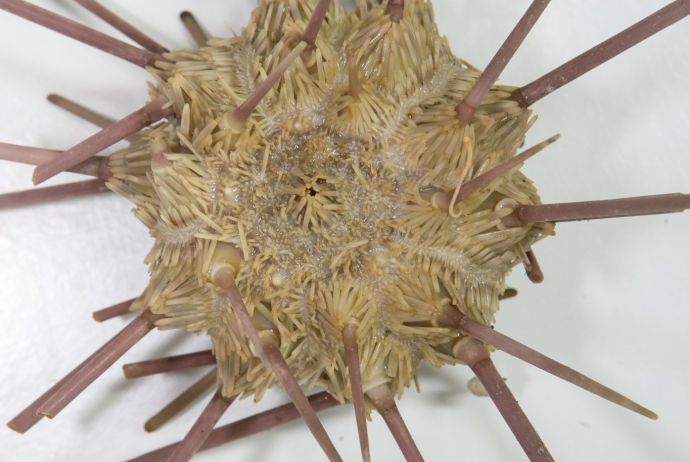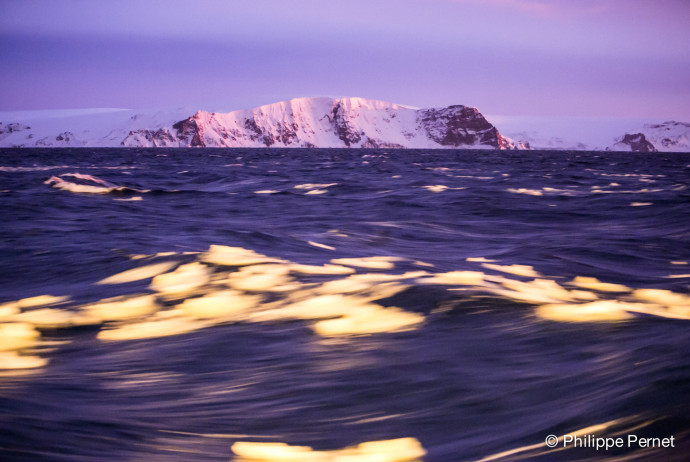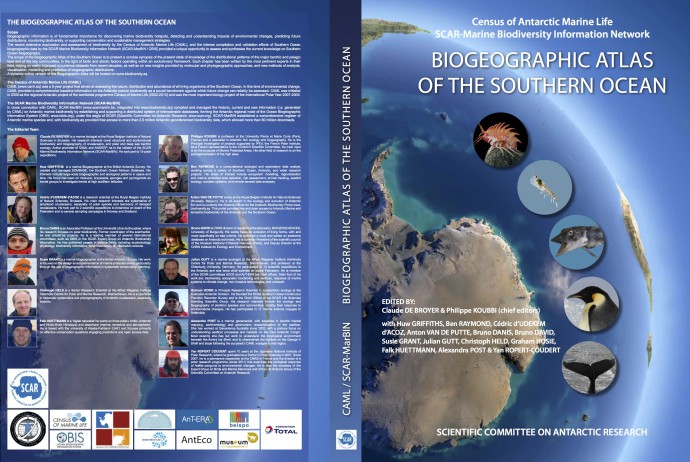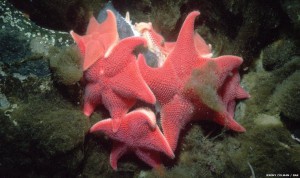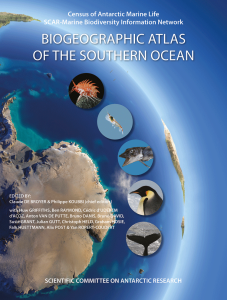The vERSO team has finally arrived at the Dumont D’Urville station (Terre Adélie, Antarctica), after crossing the Southern Ocean onboard the IPEV’s RV Astrolabe. Here are their first impressions (translated from French):
“I’m finally installed at the Dumont d’Urville (DDU) station in Terre Adélie, part of the “Terres Australes et antarctiques françaises” (TAAFs).
It took me 13 days to get their: 2,5 days in the planes, 4 days waiting in Hobart (Tasmania) awaiting the fixing of the ship’s generator, and 6 days at sea, on one of the most unconfortable ships I’ve ever been onboard, the Astrolabe. Even if the weather was good, the ship would roll, up to 35° on both sides! When you’re in such a roller coaster, the only things you can do is avoid getting sea sick and trying not to bang yourself everywhere… Little sleep, as we are constantly rolling from one side to the other in our berths. On the bright side, beautiful albatrosses are following us along the way.
Once arrived at DDU, the transfer to the station is carried out using helicopters, the sea ice extending up to 28km from the station. The helicopter carry the equipement (up to 1T per rotation). After two days, we were able to gather our personal equipment and part of our research and diving gear.
Firs sounding show that the sea ice thickness in the places where we are planning to dive is around 2 to 3m!
The station is located in a beautiful area, where I meet Adélie penguins, fulmars and snow petrels every day. From my room, I have a view on the continental glacier (l’Astrolabe) and on penguin colonies (noisy and smelly!). The logistics here are impressive, and we received a lot of lab space. We still need to find a solution to bring sea water to the container where we will be running acidification experiments in controlled conditions. Our only fear now is that time is flying by extremely quickly!
Wishing you the best for the end of the year,
Philippe”


